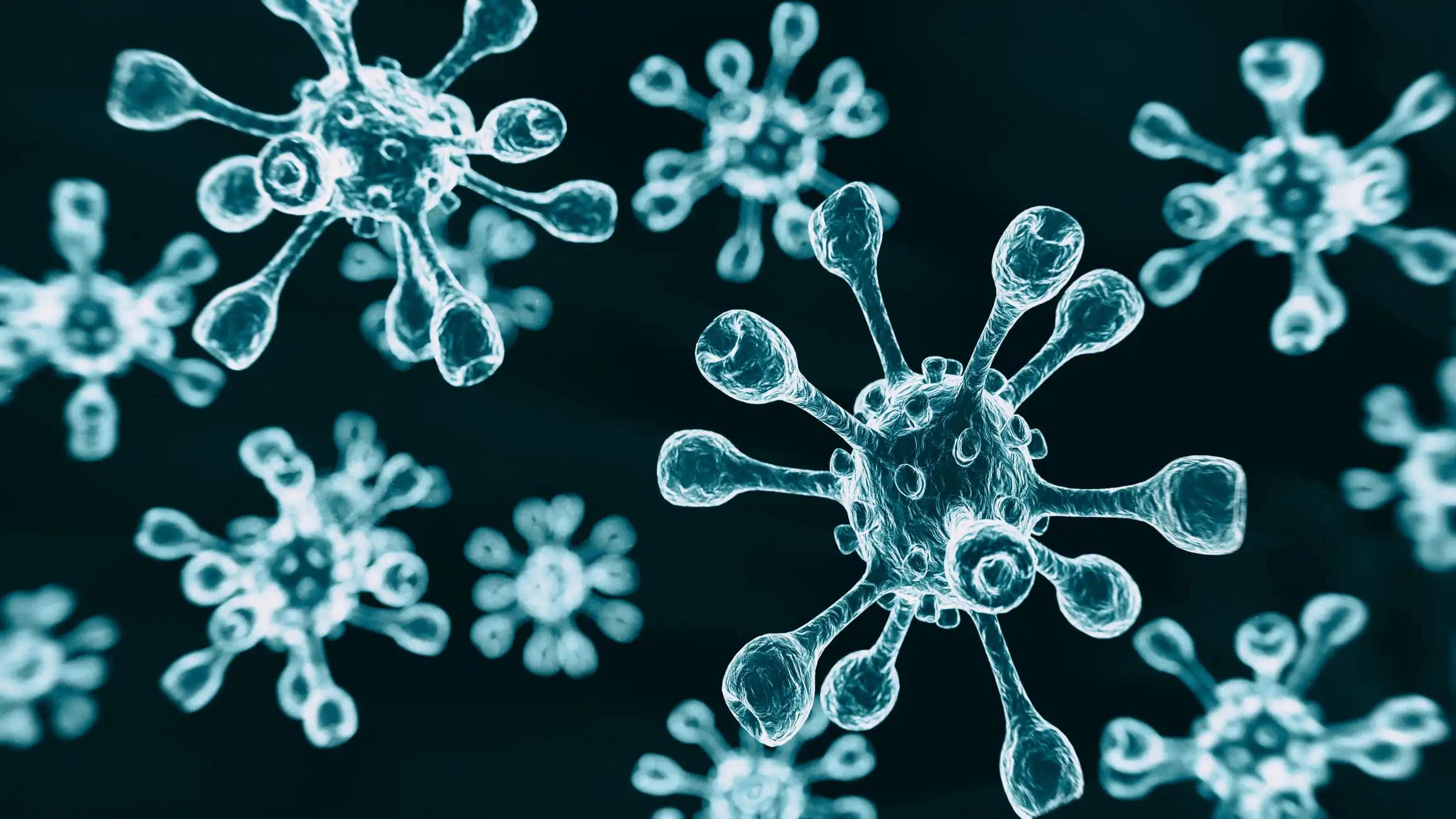KEY TAKEAWAYS
- The study aimed to evaluate cell-free ctDNA as a MRD marker in CAR T-cell therapy for R/R LBCL outcomes.
- The primary endpoint was to assess ctDNA feasibility for monitoring disease response post anti-CD19 CAR T-cell therapy.
- The study found monitoring MRD sensitive, specific for poor tisa-cel response; more frequent evaluations needed.
Chimeric antigen receptor (CAR) T-cell therapy has significantly enhanced outcomes for relapsed and refractory (R/R) large B-cell non-Hodgkin’s lymphoma (LBCL), historically associated with poor prognosis.
However, nearly 60% of patients do not respond or relapse post-treatment. The PET/CT scans currently evaluate response. Cell-free circulating tumor DNA (ctDNA), released into peripheral blood by tumor cells, offers a method to assess minimal residual disease (MRD).
Colton Meryl and her team spearheaded a study that aimed to evaluate the efficacy of CAR T-cell therapy in improving outcomes for R/R LBCL by comparing PET/CT scans for assessing response and measuring ctDNA for MRD assessment.
In a retrospective pilot study approved by the IRB, archived lymphoma tissues and cell-free ctDNA from peripheral blood samples were collected at specified intervals (day 0, 14, 28, 56, 90, 180, and 365) following CAR T-cell infusion from 10 patients with R/R non-Hodgkin’s lymphoma (NHL).
Next-generation sequencing (NGS) of clonal variable-diversity-joining (VDJ) rearrangements was conducted by Adaptive Biotechnologies (Seattle, WA). Response to therapy was assessed using PET/CT scans on days 90 and 365, graded according to the Lugano 2014 criteria.
The primary endpoint was to evaluate the feasibility of ctDNA detection for monitoring disease response post anti-CD19 CAR T-cell therapy. Secondary endpoint included comparing the sensitivity and specificity of MRD assessment using ctDNA versus PET/CT imaging.
About 9 out of 10 patients with a trackable sequence [median age 69 (range: 56-76); 55.6% male; median LDH 224] participated in the study. Each received tisagenlecleucel (tisa-cel) CAR T-cell therapy after a median of 2 prior treatments (range: 2-4).
Among the participants, 7 out of 9 had relapsed or refractory DLBCL, and 2 out of 9 had transformed follicular lymphoma.
At a median follow-up of 12.7 months (range:1.5-30 months), 4 patients were alive. By day 90, 3 patients (33.3%) achieved a radiographic complete response (CR), while 6 patients (66.6%) experienced progressive disease (PD).
Detection of MRD on day 14 or day 28 showed 83% sensitivity and 100% specificity for identifying radiographic progression at any time within 1 year. For patients with PD, the median (IQR) MRD levels at day 0, 14, and 28 were 17.31 (1.01, 96.84), 9.12 (0.30, 18.8), and 23.77 (8.01, 137.53) copies per mL, respectively.
Among patients with detectable MRD on day 28, the median overall survival (mOS) and median progression-free survival (mPFS) were 6.7 and 1.3 months, respectively.
The study concluded that the MRD proved to be effective in sensitively and specifically identifying poor responses to tisa-cel therapy. The findings suggested a need for further studies to assess MRD more frequently and across different therapeutic products.
No funding information was available.
Source: https://www.clinical-lymphoma-myeloma-leukemia.com/article/S2152-2650(24)00240-4/abstract#%20
Meryl C, Enkhtsetseg P, Haverkos B, et al. (2024). “Molecular disease monitoring in patients with relapsed/refractory B-cell lymphoma receiving anti-CD19 CAR T-cell therapy.” Clinical Lymphoma Myeloma and Leukemia, 2024, ISSN 2152-2650. https://doi.org/10.1016/j.clml.2024.06.006



